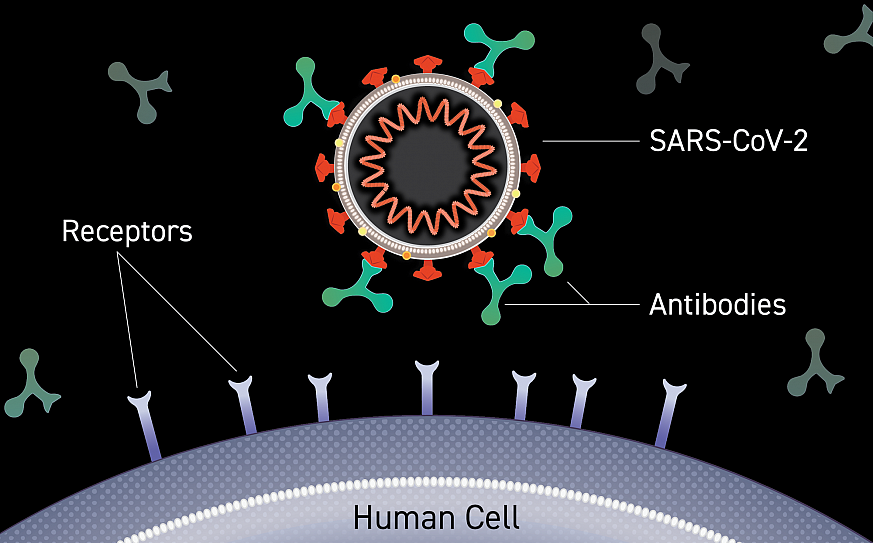Chemistry is often referred to as the “central science” because it bridges the physical and life sciences, connecting principles from physics and biology to explain the world around us. While it may seem like an abstract subject confined to laboratories, chemistry plays a vital role in our daily lives. From the food we eat to the medicines we take, chemistry is at the heart of countless processes and products. This article explores the pervasive influence of chemistry in everyday life, focusing on its applications in cooking and medicine.
Chemistry in the Kitchen: The Science of Cooking
Cooking is essentially a series of chemical reactions that transform raw ingredients into delicious meals. Understanding the chemistry behind cooking can help us become better chefs and appreciate the science that makes food enjoyable.

- Maillard Reaction: This chemical reaction occurs when proteins and sugars in food are exposed to heat, resulting in browning and the development of complex flavors. It’s what gives grilled meat, toasted bread, and roasted coffee their distinctive tastes and aromas. The Maillard reaction is a perfect example of how chemistry enhances the sensory experience of eating.
- Emulsification: Ever wonder how oil and vinegar mix in a salad dressing? Emulsifiers, such as egg yolks or mustard, stabilize the mixture by preventing the separation of oil and water. This process is crucial in creating smooth sauces, mayonnaise, and even ice cream.
- Leavening Agents: Baking relies heavily on chemistry. Leavening agents like baking soda and yeast produce carbon dioxide gas, which causes dough to rise. The reaction between baking soda (a base) and an acid (like vinegar or buttermilk) creates bubbles that make cakes and breads light and fluffy.
- Preservation: Chemistry also plays a role in food preservation. Techniques like pickling, fermenting, and canning rely on chemical processes to inhibit the growth of bacteria and extend the shelf life of food. For example, the lactic acid produced during fermentation not only preserves vegetables but also adds tangy flavors.
Chemistry in Medicine: Healing and Health
Chemistry is indispensable in the field of medicine, from the development of life-saving drugs to the diagnosis and treatment of diseases. It underpins the creation of pharmaceuticals, medical devices, and diagnostic tools that improve and save lives.
- Drug Development: The discovery and synthesis of pharmaceutical drugs are rooted in chemistry. Chemists analyze the structure of molecules to design compounds that can target specific diseases. For example, aspirin, one of the most widely used medications, was developed by modifying salicylic acid, a compound found in willow bark. Modern drugs, such as antibiotics, antivirals, and cancer therapies, are the result of extensive chemical research.
- Vaccines: Chemistry is crucial in the development of vaccines, which protect us from infectious diseases. Vaccines work by introducing a harmless component of a pathogen (like a protein or a weakened virus) to stimulate the immune system. The production of vaccines involves complex chemical processes to ensure their safety and efficacy.
- Diagnostic Tools: Chemistry enables the creation of diagnostic tools that help detect diseases early. Blood tests, urine tests, and imaging techniques like MRI and CT scans rely on chemical reactions and contrast agents to provide accurate results. For instance, glucose tests for diabetes measure the concentration of sugar in the blood using enzymatic reactions.
- Medical Devices: Many medical devices, such as pacemakers, artificial joints, and contact lenses, are made from advanced materials developed through chemistry. Biocompatible polymers, for example, are used in implants and prosthetics because they do not trigger adverse reactions in the body.
Chemistry in Personal Care and Cleaning
Beyond cooking and medicine, chemistry is integral to personal care and household cleaning products. The soaps, shampoos, and detergents we use daily are the result of chemical innovations.
- Soaps and Detergents: Soap is made through a chemical process called saponification, where fats or oils react with an alkali to produce glycerol and soap molecules. Detergents, on the other hand, are synthetic compounds designed to remove dirt and grease from surfaces. Both rely on the chemistry of surfactants, which reduce surface tension and allow water to mix with oil and dirt.
- Cosmetics: The formulation of cosmetics involves chemistry to create products that are safe, effective, and appealing. Ingredients like emulsifiers, preservatives, and pigments are carefully selected and combined to produce makeup, skincare, and haircare products.
- Disinfectants and Sanitizers: The COVID-19 pandemic highlighted the importance of disinfectants and hand sanitizers, which rely on chemicals like alcohol and hydrogen peroxide to kill pathogens. Understanding the chemistry behind these products ensures their effectiveness in maintaining hygiene.

Chemistry is deeply woven into the fabric of our daily lives, influencing everything from the food we eat to the medicines we rely on. By understanding the chemical processes behind cooking, medicine, and personal care, we gain a greater appreciation for the science that shapes our world. Chemistry not only enhances our quality of life but also drives innovation, enabling us to solve challenges and improve health and well-being. Whether in the kitchen, the pharmacy, or the home, chemistry is a powerful force that touches every aspect of our existence.
































